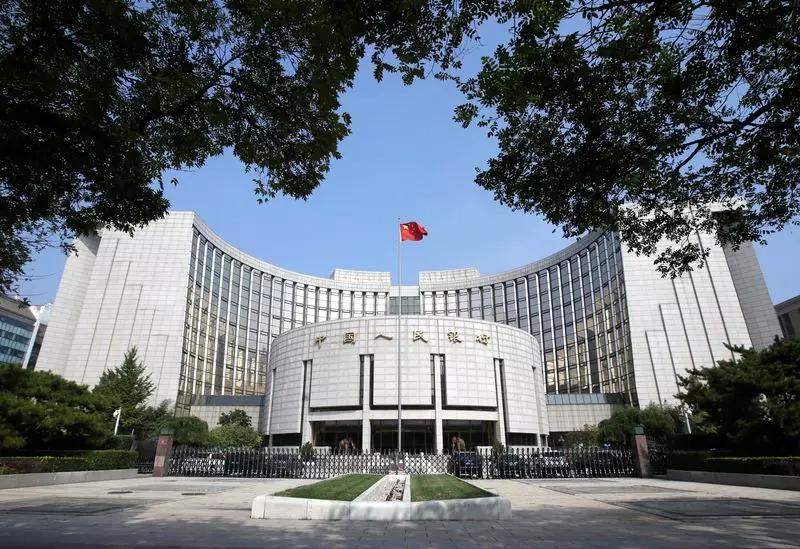In the wake of shifting global monetary policies, China finds itself at a critical juncture where adjustments to its lending rates are anticipated. A recent Reuters poll indicates that a substantial portion of market analysts expect the People’s Bank of China (PBOC) to lower its primary lending rates soon. This comes on the heels of the Federal Reserve’s unprecedented half-percentage-point interest rate cut, which has shifted the landscape for China by alleviating some pressure on its currency, the yuan.
The financial markets have long been contained by the dual pressures of a weakening yuan and the need for more aggressive policy loosening. For years, the divergence in monetary policy between the U.S. and China has restricted Beijing’s ability to implement rate cuts effectively. However, with the U.S. central bank now easing its stance, Chinese authorities may finally have more flexibility to navigate their own economic challenges.
The Loan Prime Rate Mechanism
China’s Loan Prime Rate (LPR), which serves as a benchmark for lending rates in the country, is determined monthly by the PBOC based on submissions from major commercial banks. This mechanism ensures a degree of transparency and responsiveness to market conditions. According to the Reuters survey involving 39 analysts, a significant majority—69%—anticipate reductions in both the one-year and five-year LPRs. While some analysts predict a focus solely on the longer-term LPR, the overall sentiment leans heavily toward lowering the rates to stimulate economic activity.
With a complicated set of economic indicators pointing toward sluggish growth, the urgency for such moves becomes apparent. Indicators from August have raised alarm bells, prompting concerns that the Chinese economy may not meet the government’s projection of about 5% growth for 2024. This has led many global brokerages to revise their forecasts downward, putting further pressure on Chinese authorities to act.
Implications for Economic Recovery
The decision-makers in Beijing are acutely aware of the challenges facing the Chinese economy. President Xi Jinping has called for a renewed commitment to achieving economic and developmental goals, as reported by state media. Importantly, the broader economic context reveals that many sectors are struggling, and without intervention, the potential for a prolonged downturn looms large.
Moreover, in July, the PBOC surprised markets by implementing a broad cut across both short- and long-term interest rates for the first time in nearly a year. This decisive action was meant to signal the government’s commitment to rejuvenating economic growth. However, subsequent data has shown that despite these efforts, the economy still faces significant risks, reinforcing the notion that further stimulus is necessary to catalyze a recovery.
As China prepares to navigate its monetary policy in response to unfolding global economic shifts, the anticipated rate cuts are seen as a critical step in stimulating growth. The ability of Chinese authorities to manage the complexities of an evolving economic landscape will play a vital role in the nation’s recovery trajectory. As markets eagerly await these decisions, it remains imperative for Beijing to balance inflation risks while fostering economic stability.

